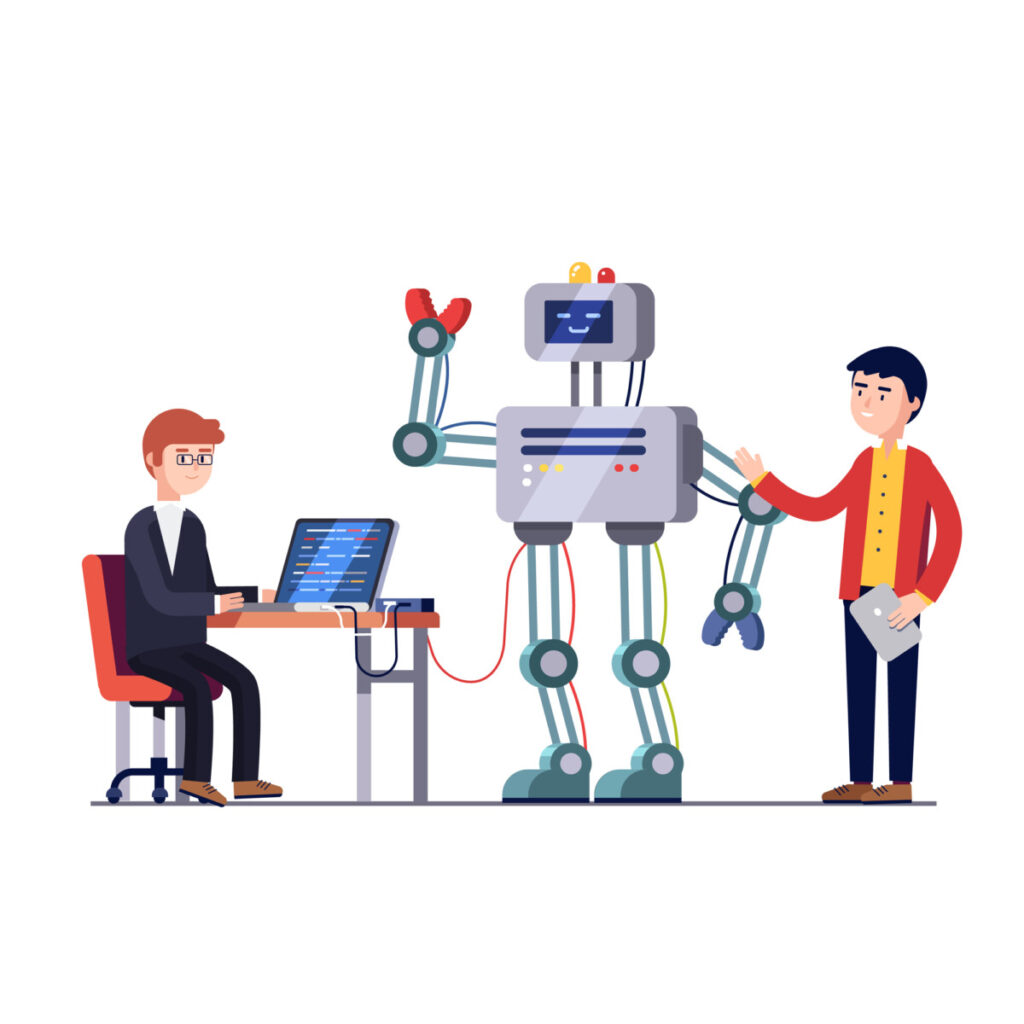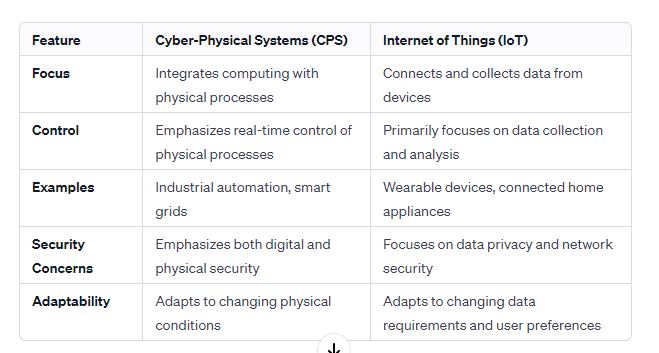Transforming Futures: cyber-physical systems Unlocked
Introduction to cyber-physical systems
Imagine a world where machines and computers work side by side with real objects. This is the promise of cyber-physical systems. Right now, many people are excited about this change because it brings the best of both the digital and physical worlds. In our fast-changing society, these systems help us do things better. For example, smart factories use them to control robots, and cities use them to manage traffic lights. Moreover, cyber-physical systems make our lives simpler and safer.
Here, we begin a journey to understand these systems. First, we see that cyber-physical systems connect computers to the things around us. Next, they bring new ideas to old problems. Also, they support easy data flow between devices. Also, schools, industries, and governments use these systems to improve services. Thus, engineers and researchers are working hard to make them more reliable. Meanwhile, security experts watch over them so that they do not fall to cyber threats.
Now, let us dive deeper. This blog will show you how cyber-physical systems work in everyday life. You will learn about real-world applications and see cyber-physical systems examples in action. Also, we will discuss the benefits of cyber-physical systems and the challenges that we must fix. Furthermore, we share ideas on how to make them secure. Finally, we look at the future of cyber-physical systems. This topic is important for technology enthusiasts, engineers, manufacturers, cybersecurity experts, and smart city planners. For more details, visit Our Research and check out Tech Insights. With clear ideas and simple words, we promise that you will soon understand the magic behind these systems. So, let us begin this exciting journey into the world of cyber-physical systems that are changing our future day by day. The power of these systems inspires hope, progress, and new possibilities for everyone.

Applications and Integration of cyber-physical systems
Cyber-physical systems are used in many ways. They blend digital data with the real world, and they work in smart factories, hospitals, and even on city streets. Also, engineers use these systems to create better machines. Also, they help check devices in real time. For instance, traffic lights in smart cities use these systems to improve safety and reduce jams. Furthermore, IoT and CPS work hand in hand to bring better integration.
How cyber-physical systems Work in Smart Cities
Cities are growing smart by using cyber-physical systems integration. For example, sensors track traffic and pollution. Next, data is sent to control centers to adjust signals. Meanwhile, CPS in smart cities helps manage energy use and waste. In short, these systems work to make urban life easier and cleaner.

Benefits and Examples of cyber-physical systems
Many industries gain advantages from cyber-physical systems. First, these systems boost efficiency. They also help save energy and lower costs. Moreover, they make monitoring simple and quick. For example, real-time data helps fix problems before they grow. Additionally, the benefits of cyber-physical systems make factories safer and more productive. Engineers enjoy these benefits because they create smart solutions that work every day.
Real-World cyber-physical systems Examples
Consider smart grids and automated production lines. These cyber-physical systems examples show that machines and software work as one. Also, hospitals use them to check patients. Also, manufacturers rely on these systems to track equipment and improve quality. Thus, the benefits of cyber-physical systems spread across many sectors.
Security Measures and Challenges in cyber-physical systems
Security is very important when using cyber-physical systems. Many experts study cyber-physical systems security to protect devices from hackers. Also, challenges in cyber-physical systems often arise because these systems connect many parts. Furthermore, CPS security measures help fix these risks. Also, companies invest in strong firewalls and encryption. Yet, cyber threats still appear sometimes. Thus, teams work hard to update security protocols regularly. Finally, the challenges in cyber-physical systems are solved one step at a time as experts learn from each event.
Enhancing Security in cyber-physical systems
Experts use advanced tools to keep systems safe. They add extra layers of defense and check systems continuously. Also, strong CPS security measures lower risks. Also, teams train regularly on new threats; such actions help protect our critical systems.

Future Trends in cyber-physical systems
The future of cyber-physical systems shines bright. Many innovators are developing new ways to mix the physical and digital. Also, experts believe that these systems will grow in smart cities and factories. Next, research shows that integration with AI and IoT will change how we work. Furthermore, emerging trends point to more secure and flexible systems. In short, the future of cyber-physical systems brings hope and progress. Industries will use better CPS security measures, and challenges in cyberphysical systems will be managed more easily.
Emerging Technologies in cyber-physical systems
New tools and ideas come every day. Researchers test ideas that make these systems smarter. Moreover, the future of cyber-physical systems will include more automation and intelligence. Next, experts expect smoother integration across different devices. These emerging technologies will transform how we live and work.
Conclusion on cyber-physical systems
As we wrap up our discussion on cyber-physical systems, it is clear that these systems are the bridge between our physical world and digital innovation. Today, we saw that cyber-physical systems help industries run faster and safer. They blend real machines with smart data to create tools that improve our daily lives. Furthermore, we learned about the many applications of cyber-physical systems in smart cities, hospitals, and factories. Next, the benefits of cyber-physical systems include energy savings, better monitoring, and increased productivity. We also looked at real-world examples that show how these systems work in action. Moreover, security is a key issue; thus, strong measures and CPS security measures are in place to protect these valuable assets. But challenges in cyberphysical systems still exist, and experts are working hard to overcome them by updating practices and using modern technology. Also, the future of cyber-physical systems is bright. Innovations in IoT and AI continue to shape these systems, making them more reliable and secure. As we move forward, both government planners and industry leaders must invest in robust security and innovative solutions. Finally, the integration of cyberphysical systems will boost economic growth and lead to smarter communities. In conclusion, cyber-physical systems are transforming how we interact with technology every day. With continued research and practical applications, our future becomes more connected and efficient. Let us embrace these advances with optimism and prepare for a world where digital and physical realms work hand in hand. By working together, we can unlock new possibilities and build a safer, smarter tomorrow for everyone.




